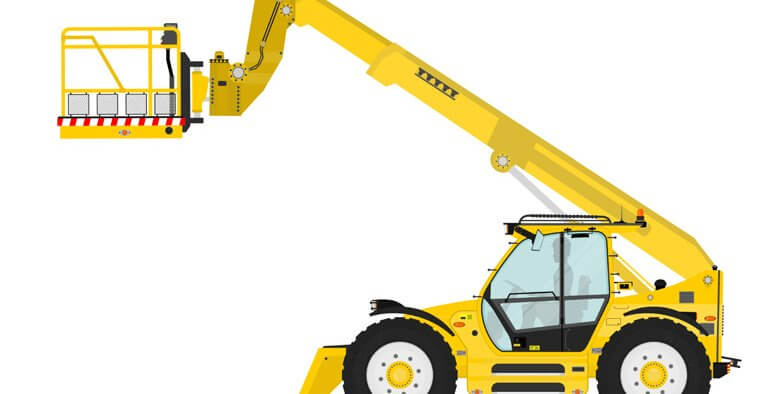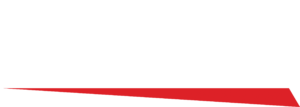TSHA publishes guidelines on safe use of Integrated Tool Carriers
Martin Sinclair Sep 06

As part of the ongoing drive to improve machine safety, the TSHA Executive Committee have worked hard to develop a new Information Sheet that highlights the compliance requirements under Australian Standards.
What is an Integrated Tool Carrier?
An integrated tool carrier is a machine similar to a wheel or front-end loader which has a quick release mechanism on the lift arms which allows for the fast changing for various attachments including forks, brooms, booms, buckets, blades and more. Integrated tool carriers can be used in many scenarios, including mining, civil construction, clean up and relocation of rocks/dirt, agriculture, forestry and more.
Ensuring compliance
The Information Sheet has been developed as guidance on the use of work platform attachments fitted to ITC Loaders, as referenced in relevant Australian Standards. The document can be found on the EWPA and TSHA websites (see below).
When an ITC is used to support a Work Platform attachment it must comply with AS/NZS1418.10. The guidance provides some of the following recommendations:
- Only attachments approved for use on a specific model ITC by the manufacturer of the ITC, or, a competent person may be used. Platforms supplied by third party vendors independent of the ITC manufacturer do not satisfy this requirement.
- Platform attachments must be fitted via a quick hitch and must not be attached to fork tynes.
- The ITC must be equipped with the following systems: •
- Means of emergency retrieval in the event of loss of power of the primary source. e.g. A DC electric or hand pump – operable from the ground.
- Emergency controls, accessible from the ground for lowering the platform in the event of control malfunction – complete with instructions for use.
- Emergency Stop switches located in the basket and at the ground controls. • Hydraulic system load holding valves in case of hydraulic hose failure.
- Systems to prevent the platform from exceeding the manufacturer’s maximum rated capacity.
- A load chart depicting the rated capacity(ies) of the platform attachment and ITC combination, the allowable manual force (200N for platforms designed for one person or 400N for platforms capable of carrying more than one person), the operating envelope, the allowable wind speed, the permitted operating slope in both longitudinal and lateral directions, and instructions for use.
- Operator controls mounted in the platform.
- Facility to connect controls located at the platform to the ITC
- A platform recognition system that automatically (i.e. without operator intervention) causes the ITC to revert to “platform operating mode” and invokes all necessary interlocks to enable the ITC to be operated within the manufacturers specifications when a platform is fitted.
NOTE: ITC’s that rely on the platform controls being connected to invoke platform operating mode do not fulfill this requirement.
NB. The guidance was created to help improve safety when Integrated Tool Carriers are fitted with Work Platforms. The document can be accessed by the wider industry and is not restricted to members of the HRIA, TSHA and EWPA.
Click below to view the full documents.










